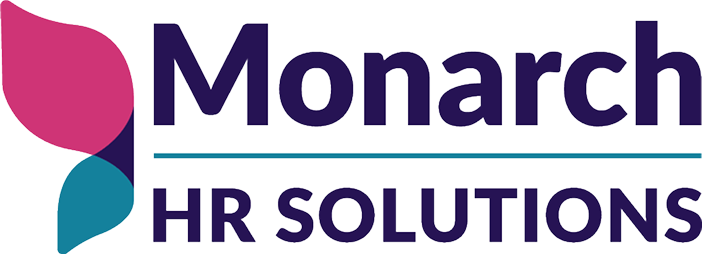Equity in the workplace is frequently the focus of articles on building an inclusive culture, typically highlighted in DEI&B (Diversity, Equity, Inclusion and Belonging) training, and often addressed in news features on workplace topics, such as pay disparity. While the buzzword is familiar, what “equity” exactly means is not always clear to those who are supposed to be promoting it. And that’s a problem.
“What is equity? How can I create it in my organization?” are questions we hear all too often from clients. Equity is such an important element of a culture that attracts and retains talent that HR teams need to ensure that leadership understands the concept so they can build an equitable environment for all employees. Here is how we explain the idea of equity to leaders at the businesses we work with.
Equity in the Workplace Defined
Equity is the “E” in DEI&B. The concept of equity in the workplace refers to providing fair treatment in access, opportunity, and advancement for each person in the organization based on their needs and circumstances. In essence, equity is about leveling the playing field and empowering employees to be their best selves. Understanding the difference between equity and equality will clarify this a bit more.
Equity vs. Equality
Equity often gets confused with equality. Although these terms may sound similar, understanding their differences is important to building a more equitable workplace. The goal of equality is to treat all persons the same regardless of circumstances. Equity, however, refers to allocating resources based on need because everyone’s circumstances are different. To that end, equity involves considering historical and sociopolitical factors that impact opportunities then creating policies to meet unique needs – all without affording an unfair advantage. Those employees and potential employees with less access to resources and privileges may need additional support if they are to take advantage of opportunities within the company.
Let’s put this into context with an example. Say an organization posts a job opening. The position is open to anyone who wants to apply and the hiring will be based on the applicants’ merits. This is equality – equal application access for everyone. But just because there is equal access in the application process, doesn’t mean there is equity. For example, backgrounds could have played a role into where the candidates went to school or previous positions held (or lack thereof) could have been impacted by hiring biases. In actuality, there could have been discrimination before this hiring process. Equity recognizes this, looking beyond the merits to considering alternative forms of experience or providing possible training opportunities.
How to Demonstrate Equity in the Workplace
There are many ways to promote equity in your organization. The list below is far from exhaustive:
- Provide wage transparency
- Prioritize wage equity
- Create diversity across all levels of the organization by providing training and educational opportunities
- Build equity into your culture and values
- Make job postings and applications more accessible
- Focus on skills-based hiring
- Reassess onboarding to account for specific needs
- Develop mentorship and educational programs
Hopefully this primer on equity in the workplace will help you create a more equitable environment for your employees. If you are still unsure how to build equity into your workplace, the consultants at Monarch would love to partner with you.

